A baby can be sitting up when they are between 4-6 months old. This is the time that babies start crawling and want to explore their surroundings on their own. When do babies Sit Up? They also develop enough neck strength so they can hold their head upright when they are sitting.
Throughout this post, we will provide you with tips for how to help your baby learn and make them able to sit up. We’ll discuss what it means when is baby sitting, why they need to be able to sit, and some of the things you can do at home to teach them to balance or how?
In This Article
When do babies Sit Up? Different Age Milestones?
As well it’s not hard to see how a baby moves from one upright to the next. As they grow and reach a new state balance, their parents take notes and make sure they document each one for their child’s baby book.
But when do babies sit up? What is the age milestone for sitting up? According to the universal law, the babies usually learned to sit up in 9 months after their birth, but some babies have reached these developmental milestones of sitting much earlier approx. 4 months and some take much longer 8 months or more.
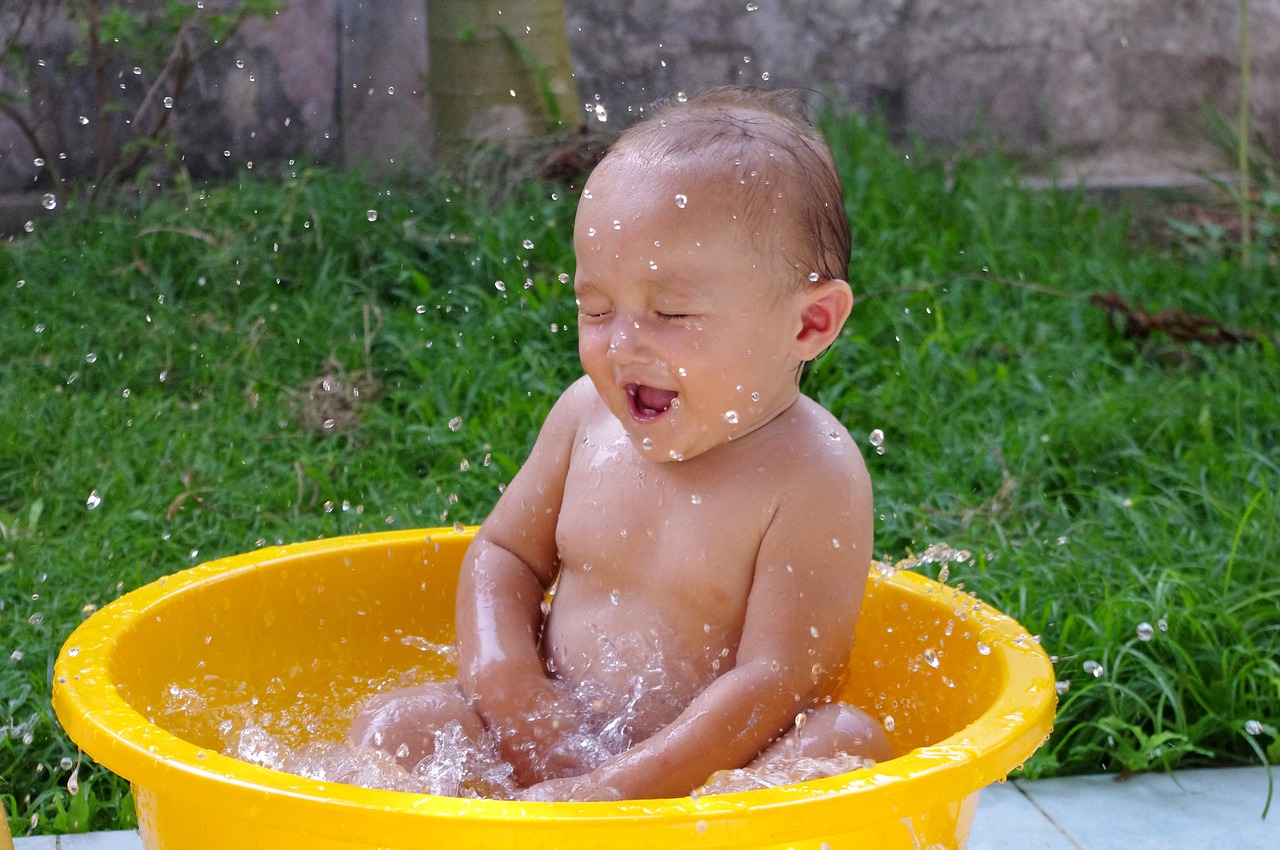
What is one of the earliest baby milestones that babies start sitting?
Some babies start sitting as early as 3 months old, but others might not be able to until they are closer to 7 months or 8 months old. It can be frustrating when your baby just doesn’t seem interested in sitting up on their own and you want them to so they will have more mobility.
Though it seems like a question that should be answered with “when they are old enough to do so,” but there is an answer.
The average age when babies learn to sitting on their own, without support from anything else, is around 6 months old. It’s difficult for parents to know what to expect in terms of development milestones because every baby develops at their own pace. But this one thing you can count on: “your little one will soon be sitting up”.
Tips for Teaching Your Baby to Sit Up?
In this article, we have already been told that babies are growing fast, and they need to develop their physical or motor skills. One skill that they often learn at this age is sitting up or baby sitting is an important concern for any parents. And babies may learn to sitting on their own once they have the strength in their back muscles. This also helps with strengthening and develop the core muscles of your baby’s body and makes them able to sit properly, which will be very helpful later when they are trying to crawling or walking around.
Therefore, it is seeming like just yesterday that your baby was a tiny bundle of joy, and now they’re crawling around the house. Teaching your infant to sit up is an important topic in their development, and it can be accomplished by following these simple steps:
- Place your baby on their tummy so that they are facing you.
- Put your hands on either side of them with palms down and hold them firmly but gently, this kind of posture will help your baby to sitting upright.
- Then slowly raise yourself upwards so that there is enough pressure for the baby to push against you to get back upright if needed and it makes them able to sit or ready to sit.
Note: When you put them in the sitting position, hold their tummy and place them on your lap so they can use them as support when they start falling. They will need to use these muscles to stay upright and ready to balance as well. Make sure that if they do fall over, there is nothing dangerous behind them such as a fireplace or sharp object that could hurt them when they fall back onto it.
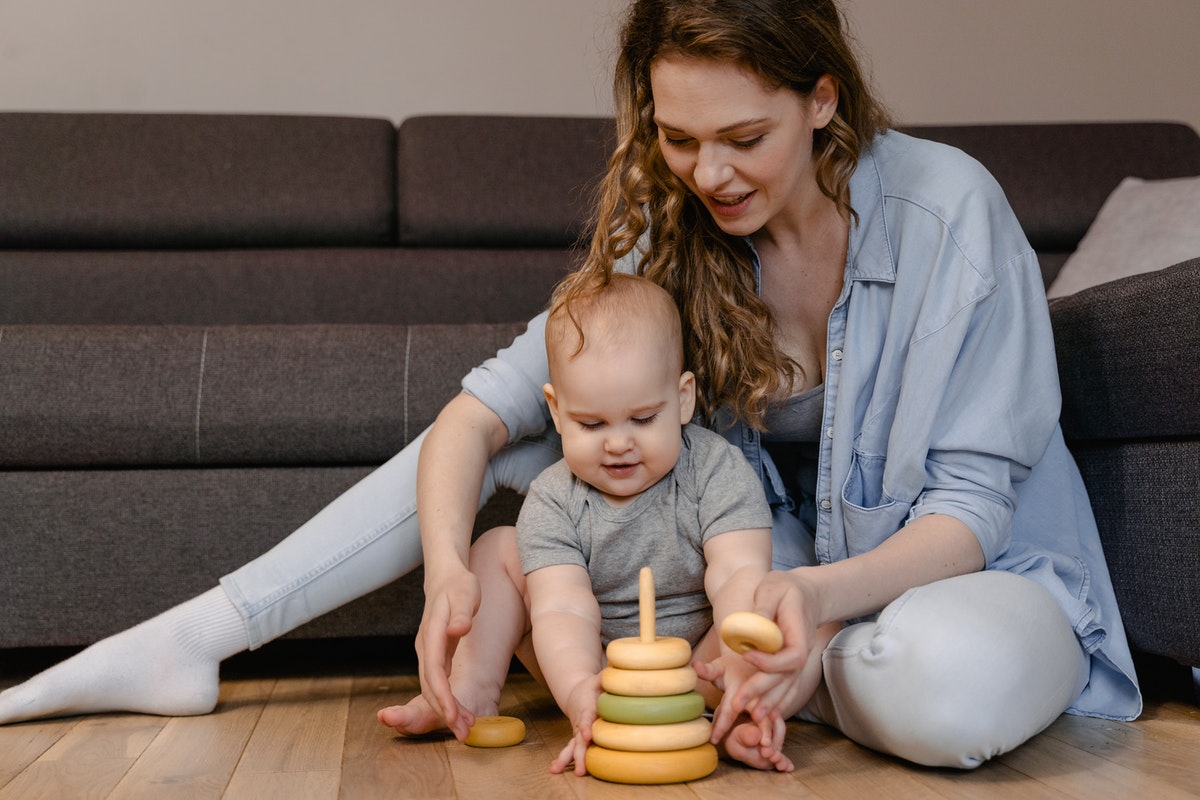
SITTING UP: When Can Babies Sit Up Unaided?
Many parents wonder when their baby sitting unaided. Many factors go into answering this question, such as the baby’s weight and maturity. In this article, we will discuss what to look for to know if your baby is ready to sit up on its own. Can you remember the first time your baby was able to sit up unaided? It is a pretty amazing position and one that every parent looks forward to, there are many misconceptions about when this occurs. And helps in your baby’s physical development also. You may be wondering when your baby may be able to sit up on its own. The answer to this question is different for each baby, but many parents start to worry when they see that their baby cannot even hold his head up at all.
Here are some signs you should watch out for to know if it’s time for your little one to learn how to sitting independently:
1) Your infant has developed the ability to control their head well enough so that she or he can look around and turn their head from side to side without falling over. At the start of your 9 months, every baby may be able to develop their tripod position as well.
2) When you put toys above your baby’s face or neck, he or she reaches for it with their hands instead of just turning their head.
However, the milestone of sitting up unaided or accurate sitting position is a huge achievement for any baby. It means they are growing and developing at the rate expected for their age group. In the above article, we already talk about what to expect from your baby as they grow, how you can help them reach this seated position, and when you should start practicing those tricky moves that will eventually give them the confidence they need to sitting up all on their own.
How can parents help their baby to learn the seated position?
Sooner or later, every parent has the same question: when will my baby learn to sit up? The answer can be different depending on your baby’s age. But don’t worry – there are plenty of things you can do to help. Well, one of the first motor skills a baby learns is how to sit up. It’s also one of the most important for those kids who can’t sit on their own have trouble playing with toys, exploring the new motor areas, and meeting new people.
Parents can help their baby to learn how to sit up by providing a variety of toys and objects close enough for the baby’s reach. This will encourage her or him to lift themselves, helping them build strength in their neck and arms muscles. Parents must make sure they always supervise their baby when he or she is playing with these items, as it can be easy for a baby to fall from a sitting position if they are not yet strong enough.
Therefore, if you are trying to figure out how to help your baby may learn to sit up, there are a lot of things that you can do. For starters, make sure they have enough support behind their back so they don’t topple over their neck muscles. You could try sitting them up on the couch or even in front of the TV if it’s something they like because it will keep them entertained and give them something to focus on while they’re working on this new skill.
Some basic facts you should know about when baby is ready for sit-ups?
How old is your baby? Is he or she 7 months old? Don’t worry if you don’t know the answer to this question, because some babies learn to sit up as early, in fact, in their tummy time. Many parents are surprised by how early their baby begins to show signs of sit independently. It’s important not only to keep motor off when a baby first sits upon his or her own but also to remember these three facts about babies learning to sit:
1) Babies learn how to sit by practicing on their back, using gravity as muscle control. Babies usually have trouble with balance and coordination at first but after months your baby may get the tripod position or good head control.
2) The average month mark for babies learning to sit is around 6, but it could be sooner or later than this depending on the baby’s development timeline.
3) Babies can sit upright to practice and interact with their environment more easily because they have more control over where they go and what they play while doing so. Some children will “sitting” from the earlier support of their parents.

How to Move When Your Baby Can Sit Up?
Babies start easily to sit up in their crib or on the floor when they are about 7 months. This is a big developmental stage because it means that they can now play independently and interact with others more easily it will automatically increase their skills. But this also creates some new challenges for parents. You will need to learn how to move your baby from sitting up without causing injury.
One question that parents often have when they are considering moving their baby into a toddler bed is “how soon should I do this?” The answer depends on the balance and development of the child. It’s a momentous occasion – when your baby can sit up. But it also means one thing: the days of carrying them in a sling or sitting them on your lap are coming to an end. It may seem like there is no time to crawling, but you’ll be glad for these few tips before they’re off and running.
Why Babies Don’t Do Sit-Ups?
Do you know why babies don’t do sit-ups? It’s because they’re not designed for it. The arms muscles in their back are too weak to support the weight, and it could crawl serious injury if they were to try. A sit-up is a great way to be able to hold in shape. It’s not just for adults babies can do them too just we need to focus on their arms or as well as their tummy. But the problem is, most people don’t know how to teach their baby how to do one.
Babies don’t do sit-ups: the reason for this is because infants lack the strength and coordination to perform a single, solitary repetition of a sit-up without falling over on their neck or arms muscles. The baby’s center of gravity is located quite low in the body and when they crawl to roll onto their tummy, these neck muscles are just too weak to support him with any real weight behind it.

How do sit-ups help in your child’s development?
There is a lot of talks these days about children’s development. If you speak to any parent, they will tell you that their baby develops at different rates and in different ways than other children. One thing all parents can agree on though is that most babies develop the ability to sit up unassisted between 7 months and 8 months old. This developmental milestone typically leads to more playtime with your baby, as he or she gains mobility and can explore new areas around the house.
For some families, it may be frustrating when their little one won’t stay still long enough for them to complete practice a full set of baby sit-ups; but now there is good news the new research has shown that babies who do not yet have the strength to sit-ups can do it easily.
As we have known that sit-ups are a great way to develop your child’s core and back muscles.
When babies practice sit-ups, they strengthen their abdominal muscles which helps them with digestion throughout the day. It also helps them to gain strength in their back so it can support their growing spine. They will also have better support posture when they get older because of all the work that is being put into developing these muscles while they are still young.
The conclusion!!
Therefore, the best time to start training your baby is right when they are born. Babies who are introduced to sit-ups at an early age will have a better chance of mastering the skills than babies who were not introduced until later in their life. This article will tell you everything you need to know about introducing your baby to sit-ups, including how long it takes for them to be able to do one on their own. So, if you have any queries related to the context just share your thoughts through a comment below, respectively.

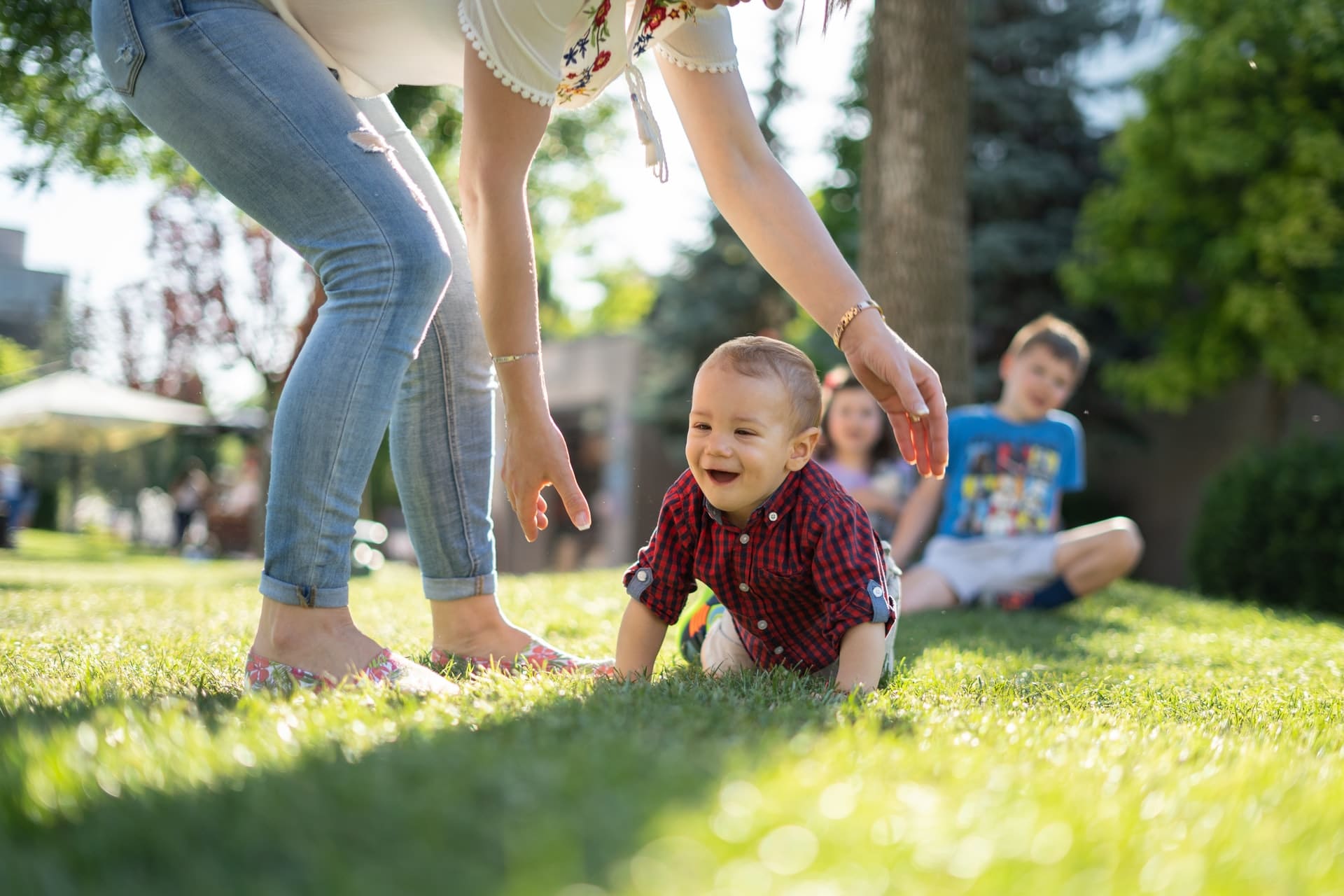
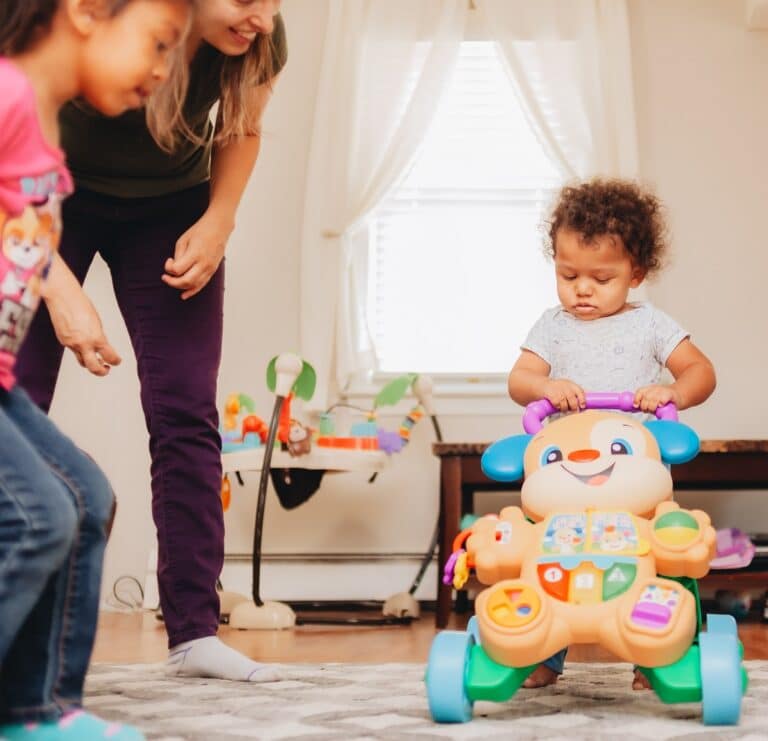
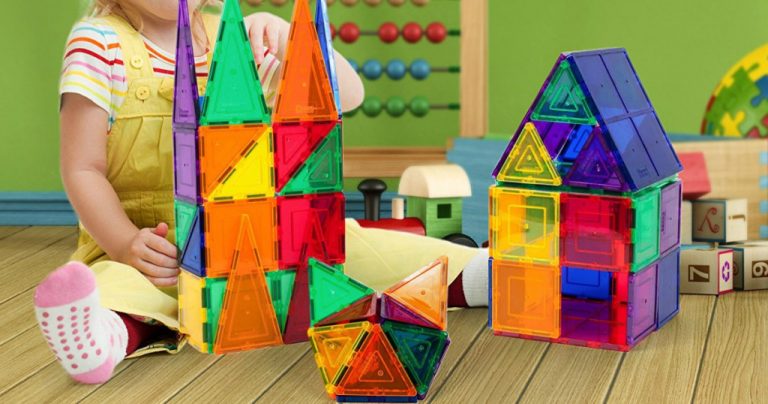
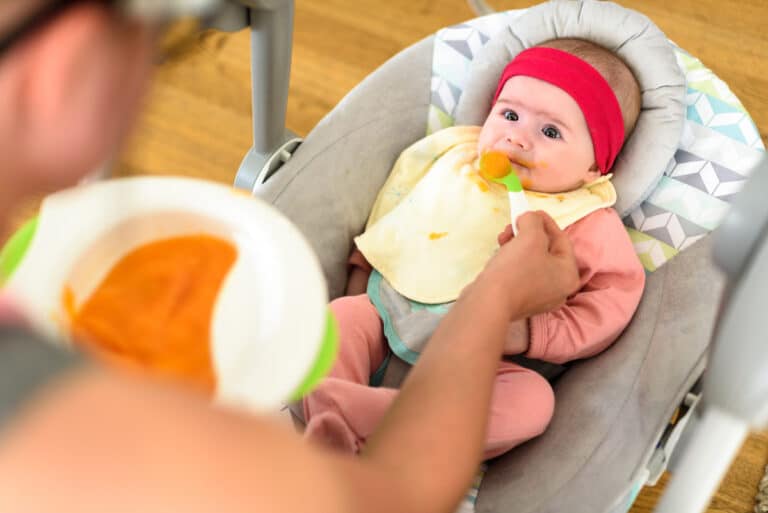
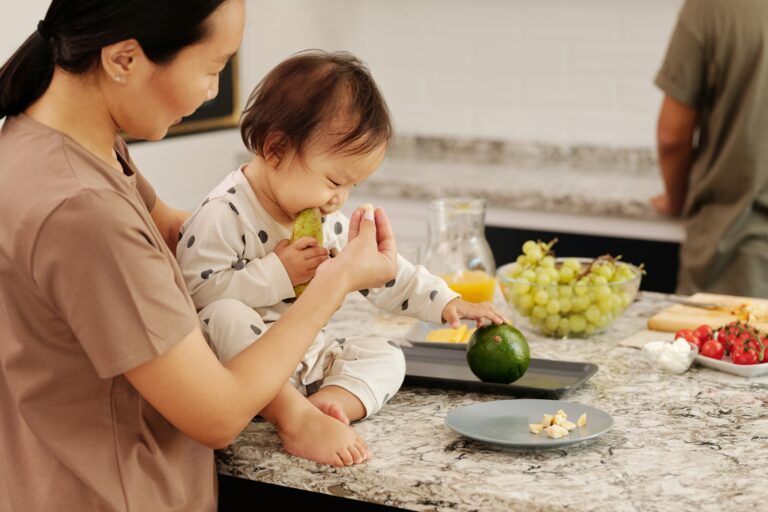




![Home Renovation Guide [2025]](/app/uploads/2021/04/design-hacks-1-378x300.jpg)
